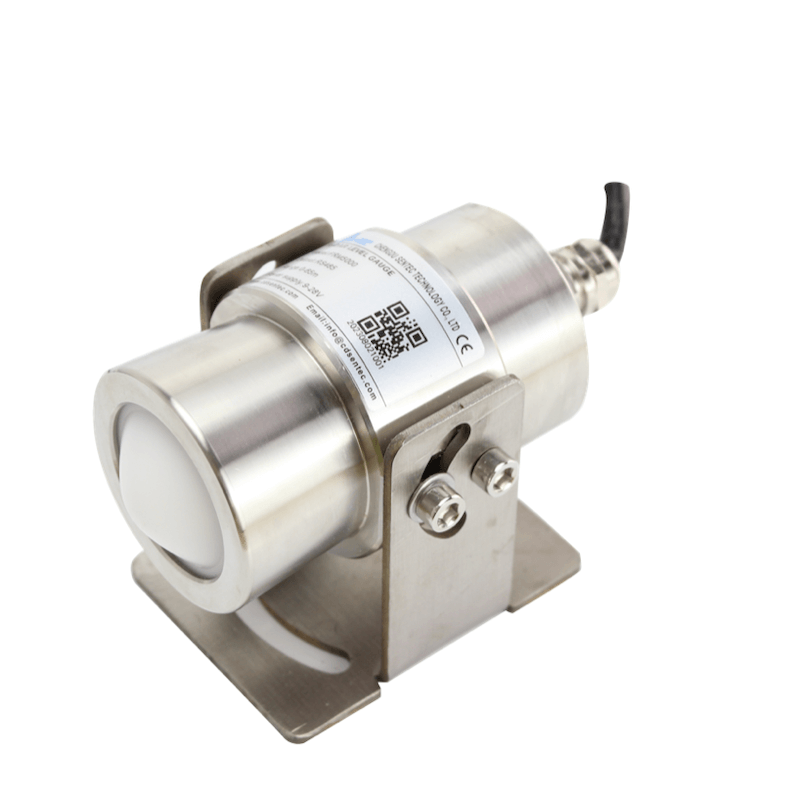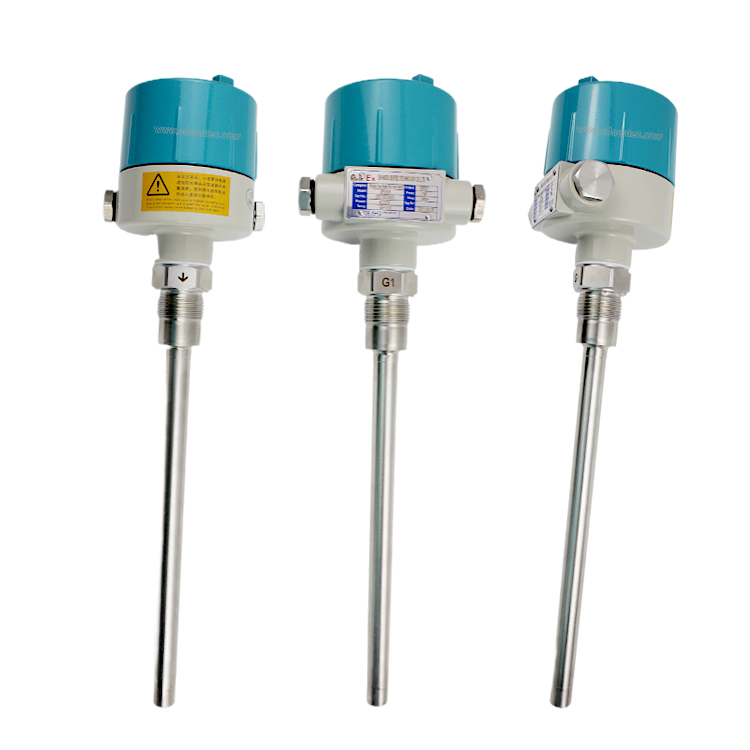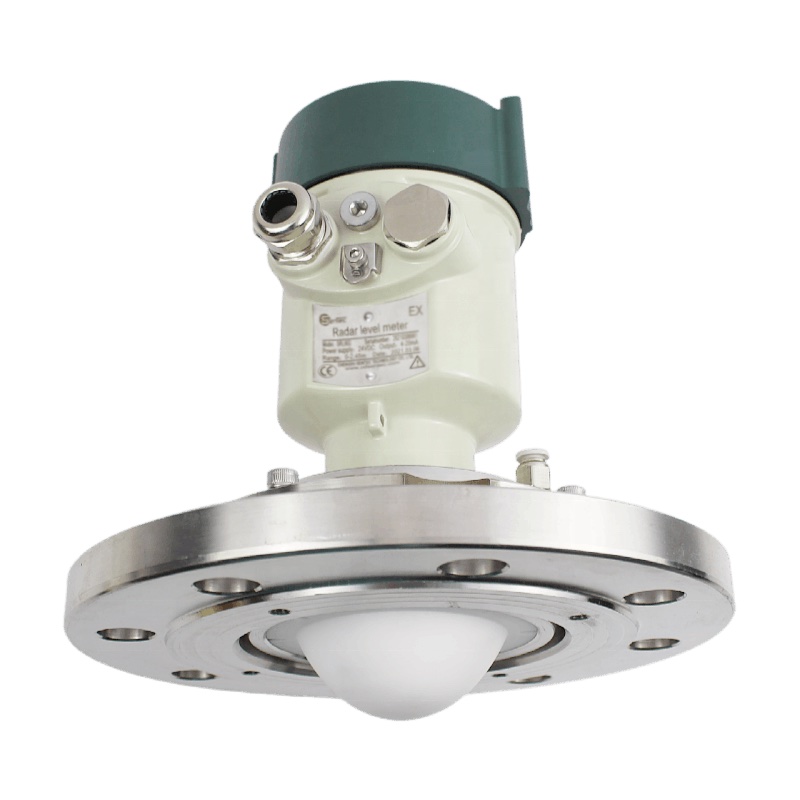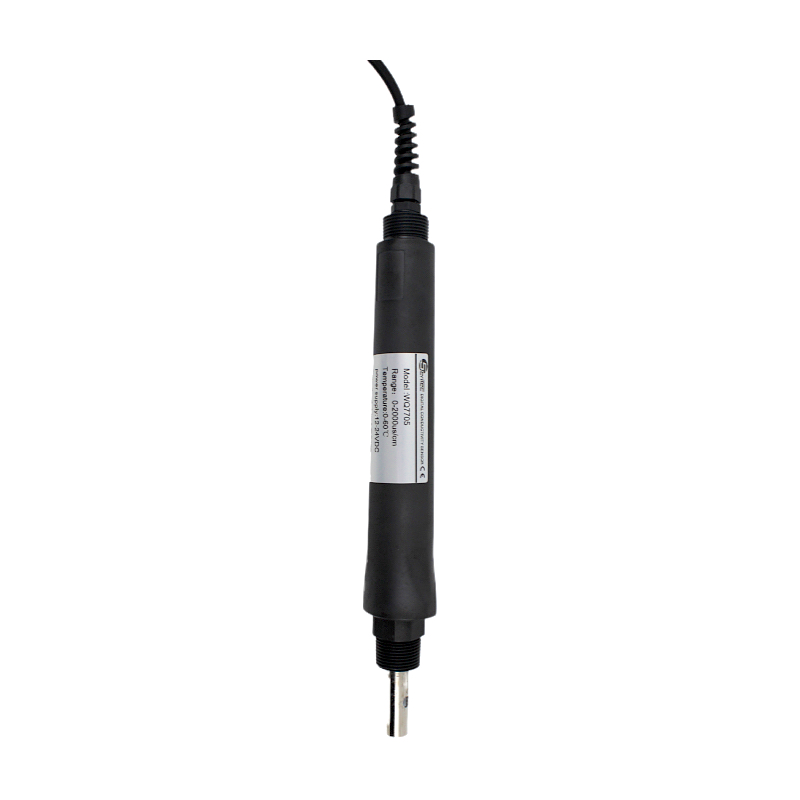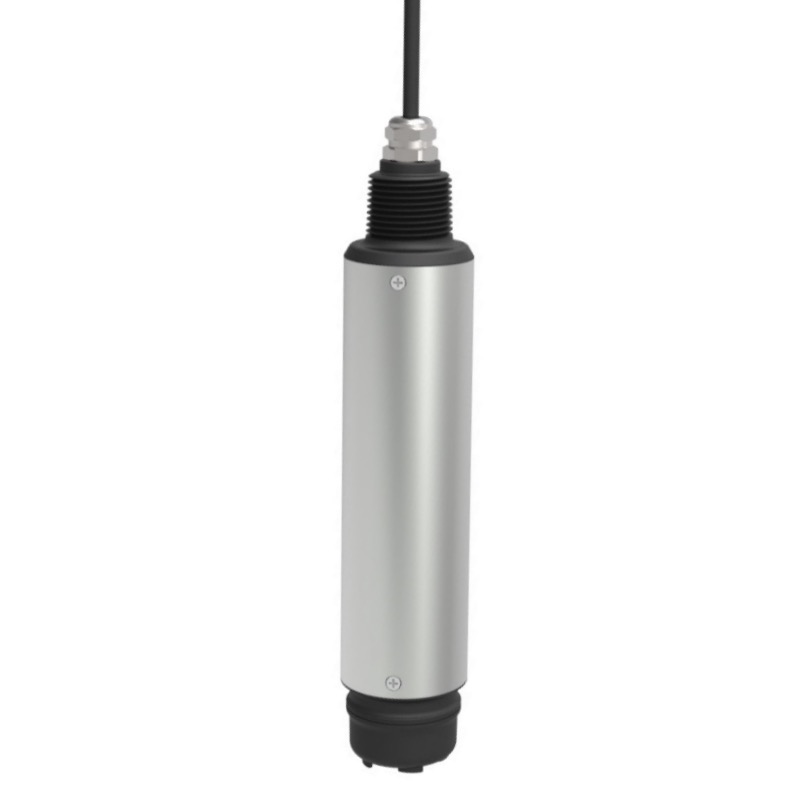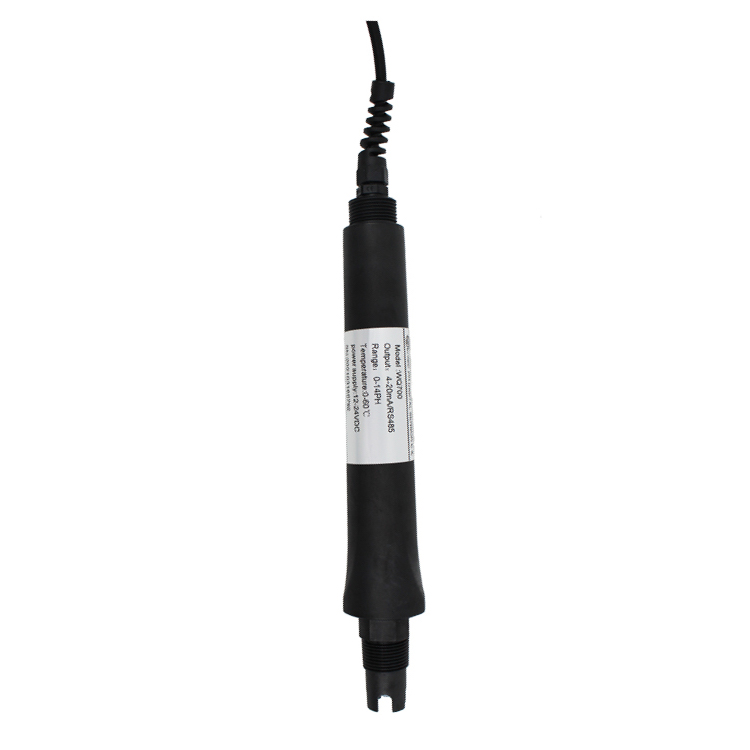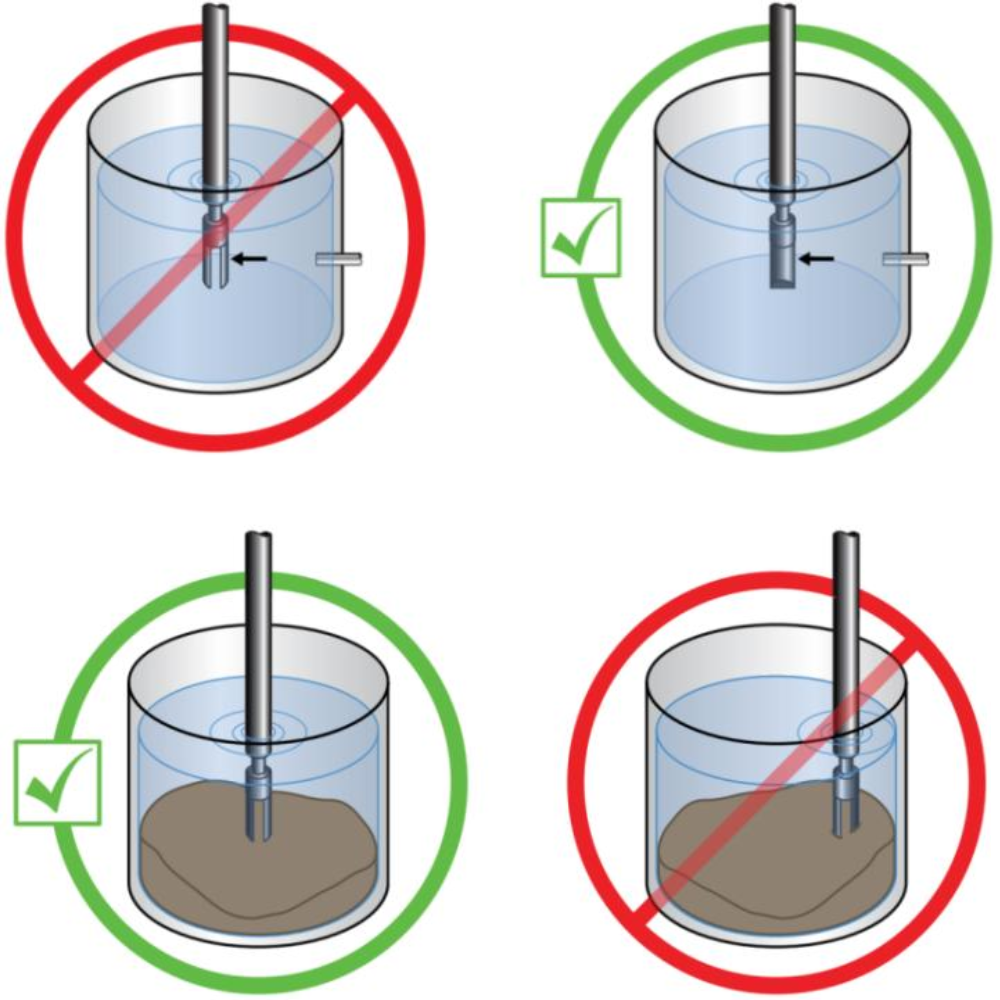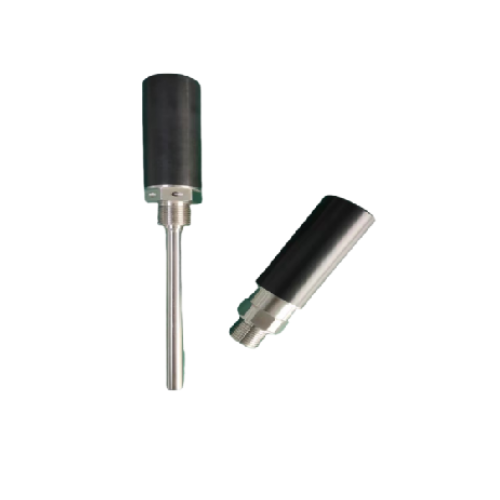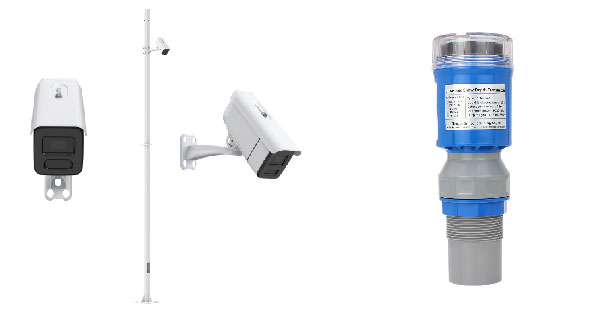Smart aquaculture and smart sensors
Smart aquaculture is a sustainable development trend that utilizes smart sensors and monitoring systems to improve efficiency and productivity in the aquaculture industry. Specifically, smart water quality sensors are emerging as a game-changer in aquaculture.
Table of Contents
Background: smart aquaculture system
A smart aquaculture system refers to the integration of advanced technologies and data-driven solutions in the smart agriculture industry to improve efficiency, sustainability, and productivity. This system utilizes smart sensors, monitoring devices, and data analytics to optimize various aspects of aquaculture operations, including water quality management, feeding strategies, disease detection, and overall farm management.
One of the key components of a smart aquaculture system is smart water quality sensors. These sensors are designed to continuously monitor and provide real-time data on crucial water parameters such as dissolved oxygen levels, temperature, salinity, and pH. In addition, aquaculture processes level and pressure sensors are equipped for the demanding measuring tasks in aquaculture – from feed silos and rearing tanks to transport vessels and silage storage.
Moreover, smart aquaculture systems also utilize data analytics and cloud-based platforms to process the information collected by the sensors. The data is analyzed to identify patterns, trends, and anomalies, which can then be used to optimize the farming practices and make informed decisions.
In conclusion, smart aquaculture systems, with their integration of advanced technologies and data-driven solutions, have the potential to revolutionize the aquaculture industry. Smart water quality sensors, in particular, play a crucial role in ensuring optimal environmental conditions for aquatic organisms. Despite challenges related to user aptitude and economics, the benefits of smart aquaculture systems, including increased productivity, sustainability, and traceability, make them a promising development in the industry.
Smart sensors role in smart aquaculture
Smart water quality sensors play a vital role in maintaining optimal environmental conditions for the growth and survival of aquatic species. For example, if the dissolved oxygen levels in the water drop below the required threshold, the sensors can immediately alert the farmers, enabling them to take prompt corrective measures such as aerating the water or adjusting the feeding regime.
The ability to monitor water quality in real-time minimizes the risk of disease outbreaks and improves the overall health of the aquatic organisms. By detecting any deviations or fluctuations in the water parameters, farmers can prevent adverse conditions that may lead to stress, disease, or even mortality of their stock.
Level and pressure measurement sensors are equipped for the demanding measuring tasks in aquaculture – from feed silos and rearing tanks to transport vessels and silage storage. Equipped with front-flush measurement technology and cleanable housings suitable for outdoor use, they protect fish stocks and bring durability and efficiency to every application.
Overall, smart sensors have the potential to transform aquaculture into a more data-driven industry that produces more and wastes less.
Application solutions: Pressure and level sensors for aquaculture processes
Reliable monitoring of the diverse technical processes and parameters involved in aquaculture systems – from water quality to fish health – is the critical basis for ensuring that everything runs reliably and economically at the same time.
In aquaculture processes, pressure and level sensors play a crucial role in ensuring optimal conditions for fish farming. These sensors are essential for monitoring and controlling various aspects of the production process. For instance, reliable level control of silos helps maintain accurate feed supply, while accurate pressure control systems ensure efficient operation. Additionally, correct positioning of gate valves is necessary for proper system functioning. SenTec sensors offer reliable solutions for these monitoring and control needs, helping farmers maintain optimal conditions and prevent equipment failures that can lead to financial losses.
Liquid level measurement in breeding ponds
Under ideal farming conditions, a wide variety of fish species live in both built-in and outside artificial culture tanks at sea or offshore. The key here is that the pool must be reliably protected against leaks and at the same time always be filled with fresh water. Reliable pump monitoring is also important when emptying and filling tanks.
Level and limit measurement in fish waste storage tanks
Fish offal is a valuable raw material for fish silage, which in turn is a protein-rich raw material for the production of fishmeal and dry feed. The acid used in the production process enables bacteria to multiply in a controlled manner. The level in the tank must be reliably monitored. Here, visualization of all current supply and process status is done by the SenTec inventory system.
Pellet Feed Silo Level and Limit Monitoring
Feeding the fish with pellets can be done by an automatic system in the tank. In the floating system located next to the culture tank, there are several storage containers. These containers are continuously monitored to reliably measure the amount of feed delivered. In this way, it is possible to ensure that the amount of feed fed is balanced and stable throughout the breeding period.
Measuring differential pressure and limit levels in filtration systems
For onshore systems, reliable filtration must be used to ensure that the water quality meets the specified requirements. After the water has been purified, the correct amount of oxygen is injected again through the compressor. Throughout the process, water flow and adequate oxygen must be guaranteed, which is achieved through reliable differential pressure and limit measurements.
Aquaculture sensor advantages:
✔Obtain reliable measurement results under harsh environmental conditions (e.g. wind, rain, snow)
✔Measuring instruments virtually unaffected by adhesion and dirt
✔Configuration via smartphone or PC via Bluetooth wireless operation
✔Simple debugging and maintenance-free
Smart Water Quality analyzer Monitoring Solution
The smart water quality monitoring solution is committed to providing online monitoring solutions for rivers/industrial wastewater/groundwater.
According to the different functions, water quality sensors are divided into pen water quality sensors, digital water quality sensors, online water quality sensors, portable water quality sensors, multi-parameter wall-mounted water quality sensors, etc.
Water quality online analyzer, also known as water quality sensor, is suitable for: water source monitoring, environmental protection monitoring station, municipal water treatment process, municipal pipe network water quality supervision, rural tap water monitoring; circulating cooling water, swimming pool water operation management, industrial water source recycling, industrialization aquaculture and other fields.
According to the different measurement parameters, water quality sensors can be divided into industrial water quality PH sensor, water quality ORP sensor, water quality dissolved oxygen sensor, water quality ozone sensor, water quality conductivity sensor, water quality salinity sensor, water quality residual chlorine sensor, water quality turbidity sensor, Water hardness sensor, etc.
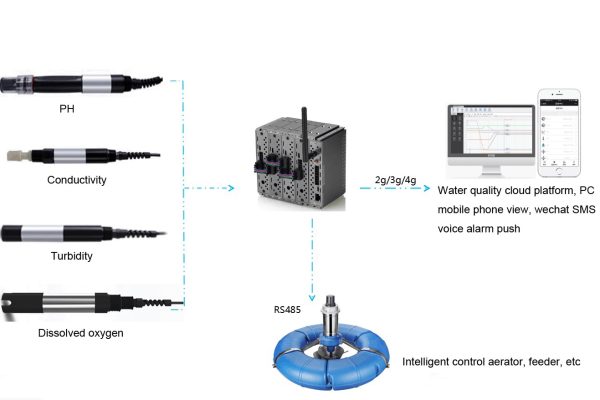
SenTec smart water quality monitoring systems:
✔Water environment monitoring system
✔water quality monitoring station
✔Swimming pool water quality monitoring system
✔Medical Wastewater Monitoring System
✔Intelligent aquaculture solutions

